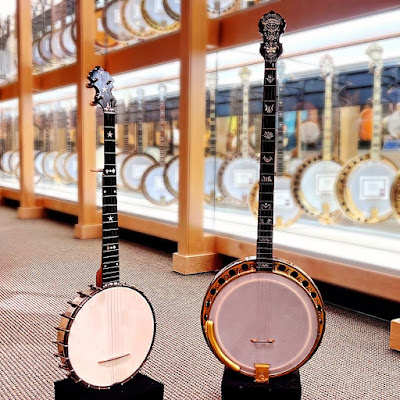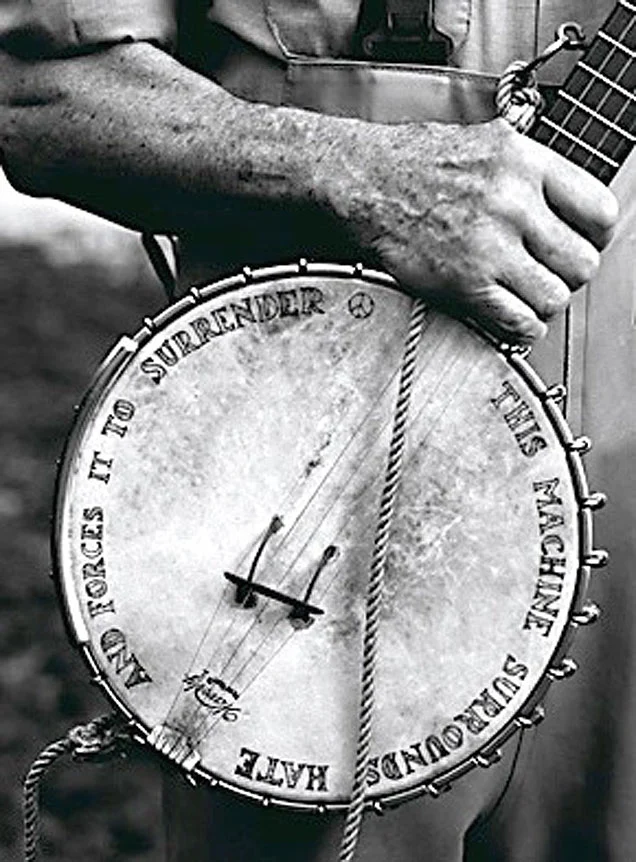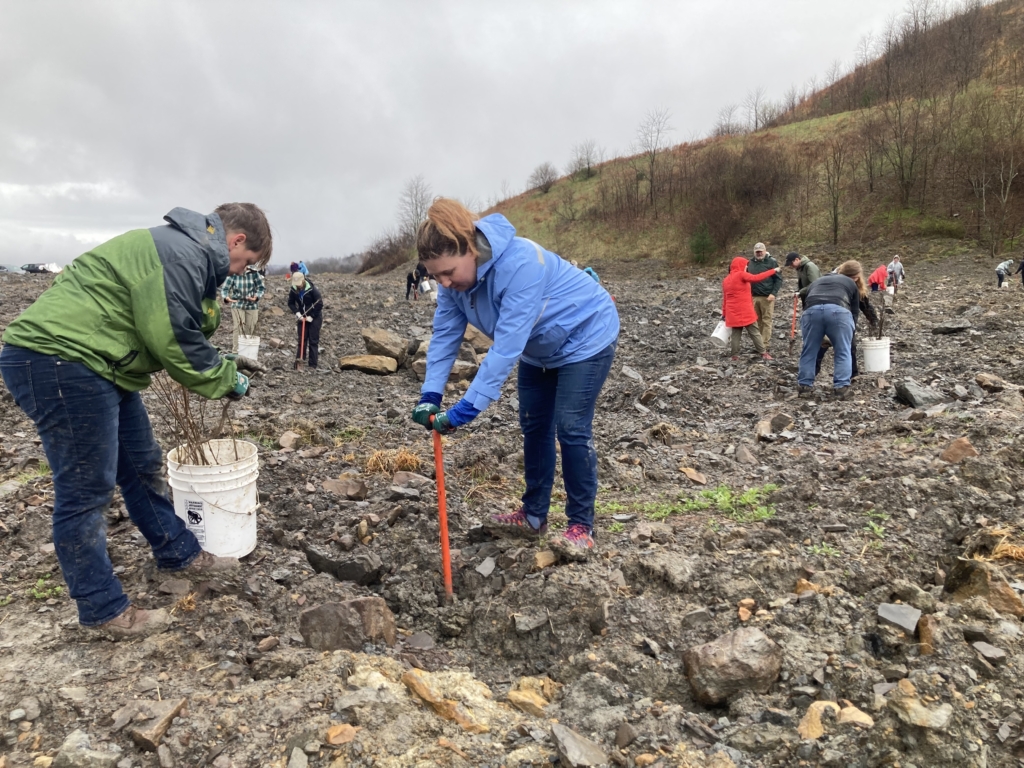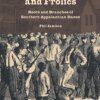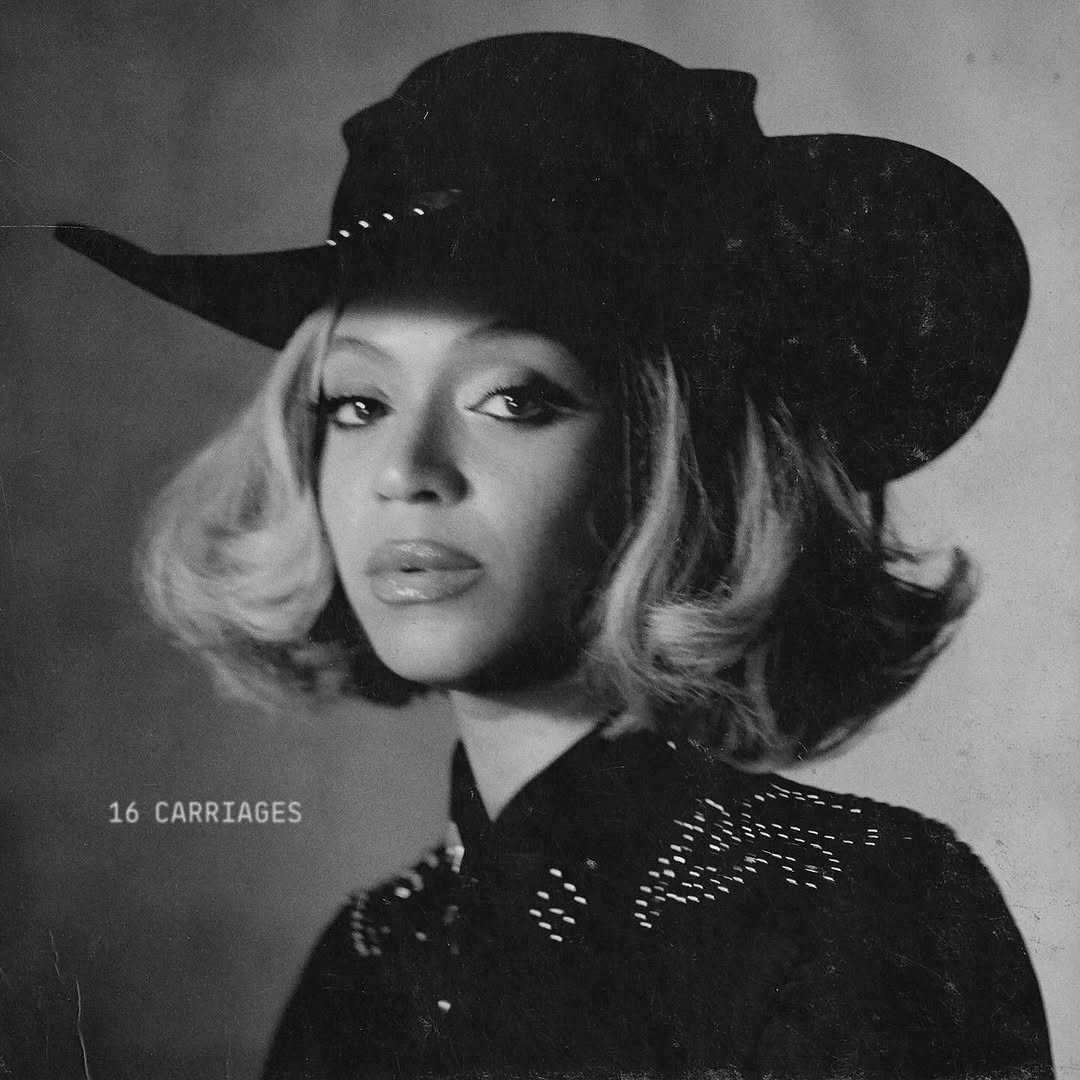
Written By: Patrick David Sawyer
Disclaimer: This article is based on my personal experiences and observations within the banjo and music industry. While opinions are included, they are informed by the trends and developments I’ve seen firsthand.
It’s an exciting time to be a banjo player—especially if you’re drawn to the deep, rhythmic groove of clawhammer and the warm, woody tone of an open-back banjo. Over the last decade, we’ve seen a resurgence of interest in old-time banjo, led by artists who honor its roots while pushing it into new sonic territory.
One of the most influential figures in this revival is Rhiannon Giddens, a musician and historian who has worked tirelessly to highlight the banjo’s African origins and the overlooked contributions of Black musicians in American folk music. Through her work with the Carolina Chocolate Drops and her solo career, Giddens has reshaped the cultural narrative around the banjo, elevating it beyond bluegrass twang into something deeply soulful and historically rich.
Now, that influence is rippling through the mainstream in unexpected ways. When Beyoncé dropped Texas Hold ‘Em, a banjo-driven country track featuring Rhiannon Giddens clawhammer playing, jaws hit the floor. Suddenly, millions were hearing that unmistakable pluck and thump—not just as background texture but as the backbone of a pop-country crossover. It’s no coincidence that artists like Giddens have helped reclaim the banjo as a versatile, roots-driven instrument.
The Banjo’s Complex History & Reclamation
Though often associated with Appalachian and bluegrass traditions, the banjo has deep African roots. It was the descendants of enslaved Africans in the Caribbean who created the earliest versions of what we know as the modern banjo. These gourd-bodied, skin-headed instruments are the first time in the historical record we see a gourd style instrument featuring flat fretboards, tuning pegs and a drone string, unmistakable as what we all know at the modern banjo. These were being built by enslaved people on plantations as ceremonial and spiritual conduits to combat hatred and their oppressors which is why only a handful of these early versions survive today.
Following the Civil War, formally enslaved people wanted to distance themselves from anything that symbolized slavery. The banjo, once a core part of Black musical traditions, became heavily associated with plantation life and later blackface minstrelsy—a racist form of entertainment that used the instrument to caricature Black culture. Understandably, many Black musicians moved away from the banjo, turning instead to blues, jazz, and other emerging genres.
It has only been in recent years that artists like Rhiannon Giddens, Jake Blount, Kaia Kater, and the Black Banjo Reclamation Project have worked to reclaim the instrument’s true history, reconnecting it with its African ancestry and elevating its importance in the broader narrative of American music.
Organizations Supporting Black Banjo Players
- Black Banjo Reclamation Project – Puts banjos back into the hands of Black musicians, offering instruments, education, and community support.
- The Arnold Shultz Fund – Provides grants to Black artists exploring bluegrass, folk, and old-time music.
At Pisgah Banjos, we strongly support this movement and have raised nearly $120,000 for the Arnold Shultz Fund through an annual banjo raffle—an effort made possible by our customer base and leaders in the banjo community who believe in the instrument’s future.
Modern Banjo & Folk Innovators
-
Billy Strings – A modern bluegrass sensation and master flatpicker who also incorporates the hypnotic rhythms of clawhammer banjo. Official Website
-
Jake Blount – A scholar and virtuoso, dedicated to unearthing the Black roots of American folk music while blending tradition with innovation. Official Website
-
Kaia Kater – Blending traditional clawhammer banjo with modern songwriting, Kater draws from her Grenadian-Canadian roots. Official Website
-
Nora Brown – A rising force in old-time music, proving clawhammer remains alive and well for a new generation. Official Website
-
Steve Martin – A world-class banjo player and comedian, championing both clawhammer and three-finger styles. Official Website
-
Gillian Welch – A master songwriter who seamlessly incorporates clawhammer banjo into her storytelling and rich Americana sound. Official Website
-
Meredith Moon – A folk musician and banjoist known for her emotive songwriting and intricate clawhammer technique. Pisgah Banjo Artist Page
-
Mama’s Broke – A fierce folk duo blending Appalachian, Celtic, and Eastern European influences, featuring intricate banjo work. Pisgah Banjo Artist Page
-
Rising Appalachia – A roots-driven ensemble weaving together folk, world music, and social activism with banjo-infused harmonies. Pisgah Banjo Artist Page
-
The Okee Dokee Brothers – A Grammy-winning folk duo crafting nature-inspired music that introduces children and families to traditional roots sounds, including clawhammer banjo. Pisgah Banjo Artist Page
A Positive Shift for the Banjo’s Future
The recent revival of open-back banjos and clawhammer playing is part of a broader movement to make folk and roots music more inclusive, historically accurate, and accessible. This shift is not just a trend—it represents a cultural reclamation and expansion of the banjo’s role in contemporary music.
For decades, the mainstream industry marketed the banjo primarily within white bluegrass and country traditions, sidelining its deeper roots in African, Caribbean, and early American folk music. Today, more players and listeners recognize the banjo’s complex and multicultural history. This awareness is fueling an explosion of creativity, as musicians from diverse backgrounds use the instrument to tell new stories, reclaim old traditions, and innovate for future generations.
Additionally, the affordability and accessibility of open-back banjos have played a huge role in this revival. Without the added costs of resonators and heavy metal tone rings, open-back banjos are often more affordable and easier to play, making them an ideal instrument for beginners, songwriters, and folk musicians. This has broadened the instrument’s appeal, drawing in young players, independent artists, and musicians outside the traditional bluegrass scene.
At Pisgah Banjos, we are proud to be part of this movement. As a company dedicated to handcrafted, sustainably built open-back banjos, we see this shift as a return to the instrument’s roots, ensuring its evolution while preserving its historical and cultural significance.
This moment isn’t just about reviving an old sound—it’s about reconnecting with a deeper lineage and making space for more voices in folk and roots music. Whether you’re a lifelong player or picking up an open-back banjo for the first time, you’re part of a bigger movement. And that’s something worth celebrating.
Further Reading & Resources and Events
- “Hoedowns, Reels, and Frolics: Roots and Branches of Southern Appalachian Dance” Phil Jamison
- “Well of Souls: Uncovering the Banjo’s Hidden History” by Kristina Gaddy
- “Banjo Roots and Branches” Robert B. Winans
- “Back Country Music: Listening for Revolutions” by Francesca Royster
- The Black Banjo Reclamation Project
- The Arnold Shultz Fund
- The Banjo Gathering

